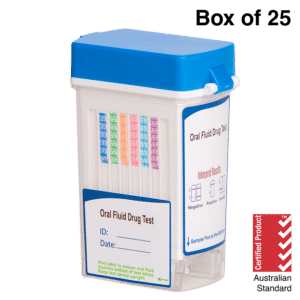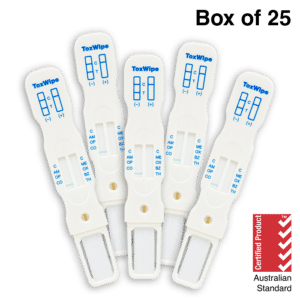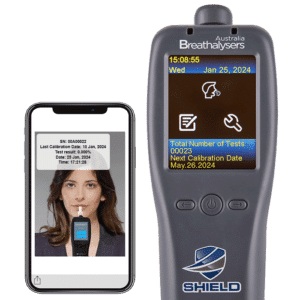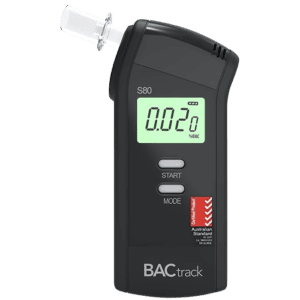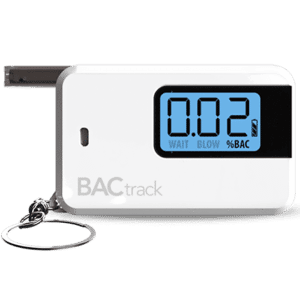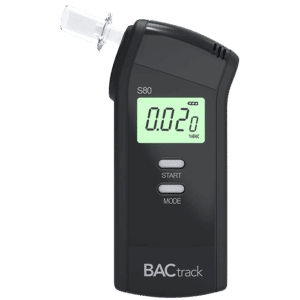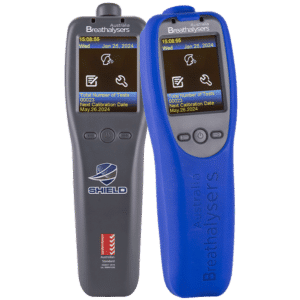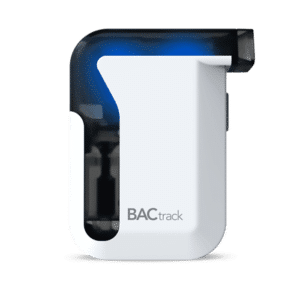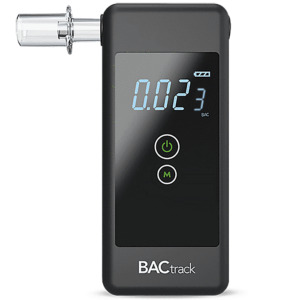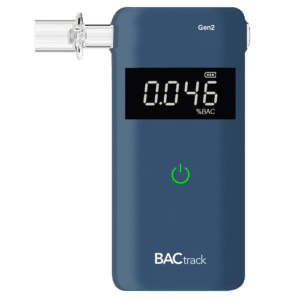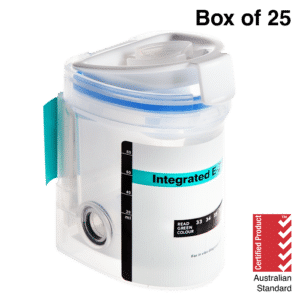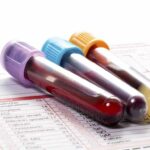How Does a Blood Test for Drugs and Alcohol Work?
25 January, 2023
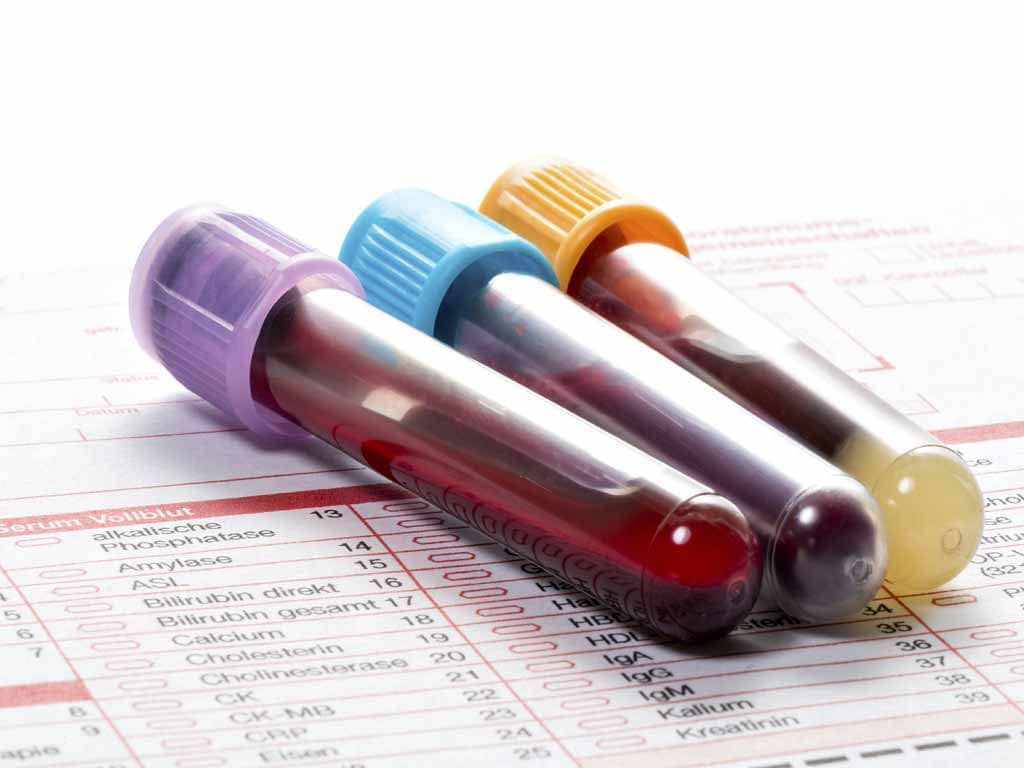
A blood test for drugs and alcohol is the most comprehensive and accurate screening test available. It examines the blood sample for the presence of illegal drugs, misuse of prescription medications, and alcohol. In addition, substances in the blood are detectable minutes to hours after consumption. Unlike other screening methods, a blood test analyses the actual compounds instead of metabolites. Thus, they provide the highest accuracy among test procedures.
Drug and alcohol use detection is essential in various situations, especially in healthcare, workplaces, and public areas. It helps identify present risks and prevent untoward incidents from happening. Likewise, regular testing can help deter substance abuse. Several methods can trace illegal drugs and alcohol. Specifically, a blood test is helpful when evidence of substance use is needed. This article covers how a blood test works, the procedure, the interpretation of results, and its applications.
What is a Blood Test for Drugs and Alcohol
A blood test for drugs and alcohol examines the sample directly via laboratory to detect and measure drug compounds. Substances absorbed in the stomach pass through the intestinal walls to the blood vessels. Depending on the drug type and dosage, it can linger in the blood for varying durations before the body eliminates it. Additionally, the bloodstream transport drugs and alcohol to several vital organs, including the lungs and brain, where they can cause impairment.
The test results depend on the dosage of drugs or alcohol ingested, the look-back period or last use, and the cut-off levels. The cut-off level is the concentration of substances to determine safe and therapeutic ranges for some drugs that are not harmful. Furthermore, it requires a skilled phlebotomist to administer the test due to its intrusive nature. It involves drawing blood from a vein in the arm or the back of the hand.
Some facilities offer a less invasive method to conduct a blood test for drugs and alcohol apart from the traditional needle-to-arm. It includes Volumetric Absorptive Microsampling (VAM) with a fingerstick device. It employs a finger-prick method to collect small blood samples adequate for analysis. This procedure is ideal for the detection of alcohol. Additionally, recent studies have shown that small drops of blood can detect Phosphatidylethanol (PEth), a direct biomarker for past alcohol consumption.
Common Substances Detected
- Ethanol
- Cocaine
- Marijuana/Cannabis (THC)
- Amphetamines, including methamphetamines
- Barbiturates such as secobarbital and phenobarbital
- Benzodiazepines such as clonazepam and alprazolam
- Opioids and opiates, such as codeine, heroin, oxycodone, morphine, fentanyl, hydrocodone, and other misused medications
- Phencyclidine (PCP)
- Recreational and anabolic steroids
- MDNA (ecstasy)
- Lysergic acid diethylamide (LSD)

Accuracy of Blood Test For Drugs and Alcohol Results
A blood test for drugs and alcohol can take 4 to 5 minutes without any preparation on the part of the subject. However, the comprehensive analysis is more extended, which can take 24 to 48 hours before releasing the results. The test can indicate positive (substances detected) and negative (no substances detected) results. A positive test means that the drug has reached the cut-off level. In addition, only a lab test can confirm a positive result from preliminary drug screens.
Individuals taking prescribed medications must inform the technician to avoid false positives. This is because medicines and existing medical conditions can interfere with the test results. Likewise, food containing poppy seeds or exposure to alcohol-based products may cause false positives. Since a blood test examines the compounds directly, it has a shorter detection window than urine analysis. A urine test can trace drug and alcohol metabolites, which stay in the body longer.
A blood test for drugs and alcohol provides precise results because it is less likely to be affected by environmental factors. Furthermore, only a trained professional can perform the test, thus, reducing the possibility of tampering or adulteration. For alcohol testing, it can measure the Blood Alcohol Content (BAC) or the volume of alcohol in grams per 100 ml of blood. The higher the BAC means, the more severe the impairment.
Safety Concerns for Blood Tests
- All needles are single-use and disposed of in the proper container
- Gloves must be worn during and after sample collection
- Medical technicians must wear protective equipment at all times to avoid contaminating the specimen
- Observe all procedures regarding isolation
- Carefully identify the precise location of the vein to avoid repetitive punctures
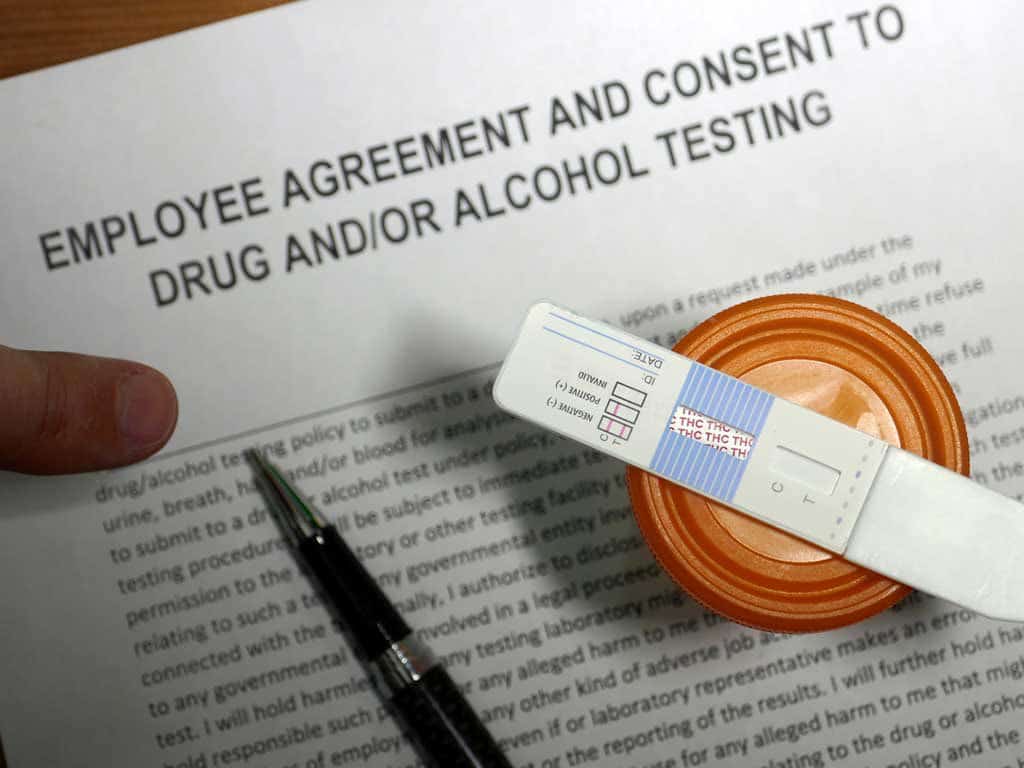
Uses and Applications of Blood Tests for Drugs and Alcohol
Even though blood tests for drugs and alcohol have a high accuracy rate, workplaces and other settings do not regularly use them for screening. This is because it is the most intrusive procedure and more costly than other methods. It also has a longer turnaround time than urine or breath testing. Hence, they are appropriate to confirm an initial screening with non-negative results. For example, substances detected in a rapid urine test need lab confirmation.
A blood test is suitable for emergencies involving accidents. Due to its short detection window, it can help determine recent usage. Therefore, workplaces may include blood testing in their policy under specific circumstances, such as post-incident and confirmation. For example, an employer or employee may request a retest if initial screening using rapid test kits deliver non-negative results. Rehabilitation centres monitoring patients with substance use disorders may also use a blood test with other procedures.
Lastly, a blood test for drugs and alcohol also applies in the legal or judicial system. For example, drivers showing drug or alcohol content in roadside screening must perform a follow-up test at a police station. Therefore, law enforcement can present the results as evidence for a driving offence in court. Lastly, athletic competitions require a blood analysis to ensure that a participant did not take performance-enhancing drugs.
Other Methods of Drug and Alcohol Testing
- Breath tests – law enforcement uses this test to screen for alcohol
- Hair or follicle tests – some drug metabolites enter the blood vessels in the scalp
- Saliva or swab test -minimally invasive but is only valid for detecting recent drug use
- Urine test – also noninvasive but is inaccurate past a 48-hour window.
Conclusion
Doctors consider a blood test for drugs and alcohol the most accurate testing method. This is because it analyses and quantifies the drug itself rather than its metabolites, unlike in a follicle or urine test. However, blood testing can be invasive, typically requiring a needle puncture to a vein. People with an aversion to needles may feel lightheaded after the sample collection. In addition, it is more costly and requires a trained professional to administer and interpret the results correctly.
Blood tests are suitable under specific circumstances, such as after a car crash or workplace accident. Although not all tests are infallible, a blood test is the least likely to produce false positives and negatives. Furthermore, other test situations may benefit from alternatives, such as a breath test for alcohol and urine analysis for drugs. It includes pre-employment, random, and for-cause testing.















